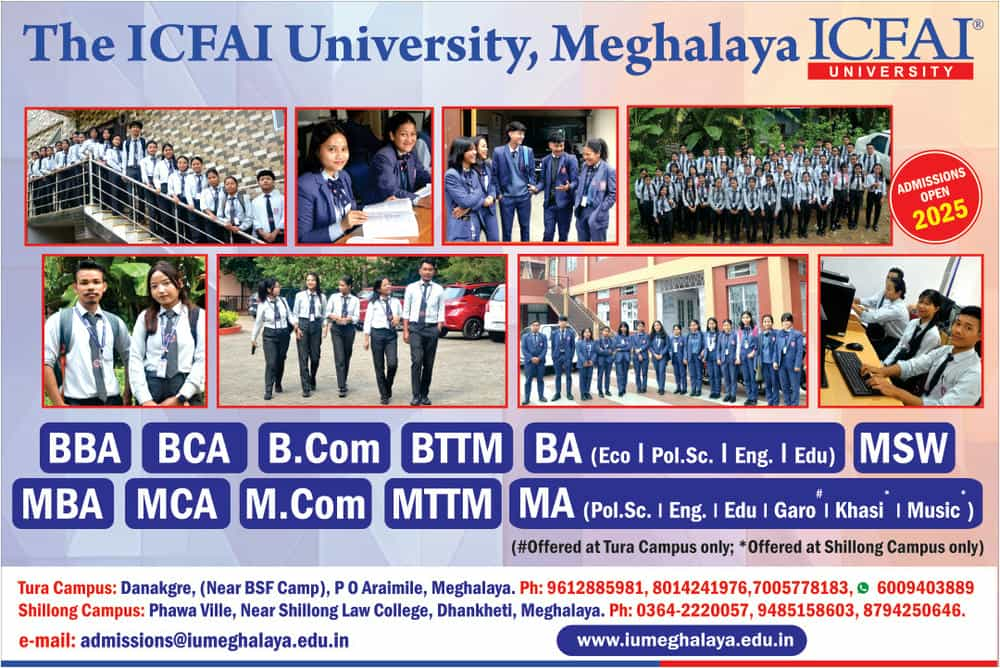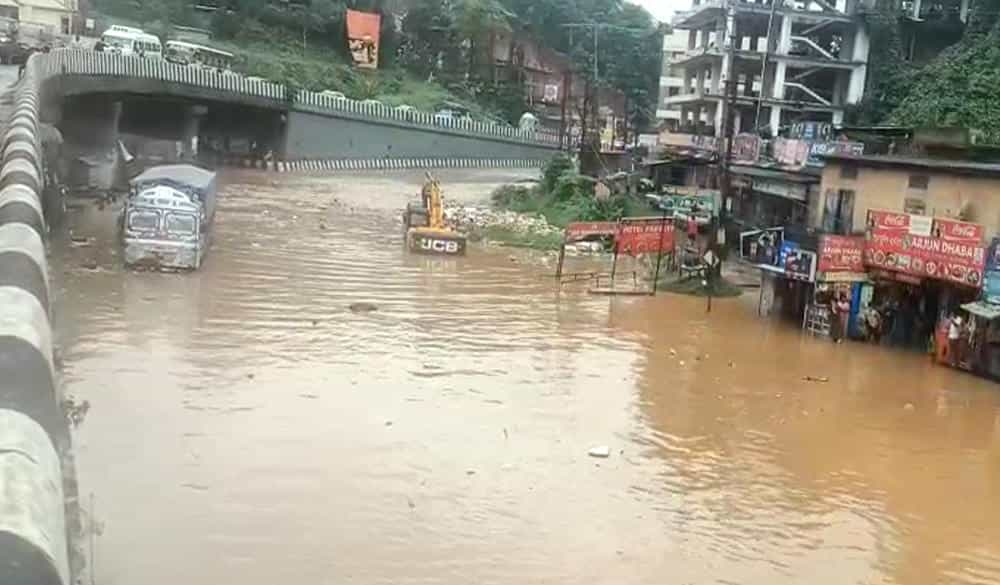Hill wars and high water: Meghalaya CM to meet CM Sarma on June 2 as SC flags cross-border flood fallout

As Guwahati struggles to recover from two days of paralyzing floods, attention is turning to the hills above — and the politics below. Meghalaya Chief Minister Conrad Sangma is set to visit Assam on June 2 to meet with his counterpart Himanta Biswa Sarma, following a Supreme Court directive demanding answers over the root causes of the city’s worsening waterlogging.
At the centre of the storm is an unregulated hill cutting near Jorabat, along the Assam-Meghalaya border. Environmental experts and local residents say deforestation and large-scale land modification in this hilly zone — particularly for the construction of the University of Science and Technology Meghalaya (USTM) and four other developments — are accelerating runoff into Guwahati, overwhelming its drainage systems.
The Central Empowered Committee (CEC), a Supreme Court-mandated body overseeing environmental violations, has raised red flags over this unchecked construction. It has directed both state governments to meet, assess the impact, and propose a coordinated plan of action — one that may soon be tabled before the apex court.
Environmentalists have been sounding alarms for years: that rapid, unplanned development in Meghalaya’s hill regions is sending rainwater gushing into Assam’s capital. With Guwahati already under pressure from clogged drains, shrinking wetlands, and unchecked urban sprawl, even moderate rainfall can now turn catastrophic.
But Assam CM Himanta Biswa Sarma struck a more cautious tone during a press briefing on Friday. “We shouldn’t blame one factor alone,” he said. “What Guwahati faced on Thursday and Friday is primarily due to a large weather system — a depression over Bangladesh that triggered massive rainfall across the region.”
Still, Sarma acknowledged that long-term flood mitigation in Guwahati would require joint planning with Meghalaya, especially around regulating hill development and preserving catchment ecosystems.
With a red alert still active and Guwahati’s infrastructure under water, the June 2 dialogue between Sangma and Sarma carries high stakes. The outcome could not only influence how both states handle cross-border environmental issues but also shape the Supreme Court’s next move on enforcing accountability.
Meanwhile, frustrated residents in Guwahati are demanding more than just words. Social media is flooded with images of submerged homes, stranded vehicles, and washed-out roads. Calls for real, structural solutions are growing louder by the day.
As floodwaters inch back, one truth remains clear: Guwahati’s crisis is not just about rain — it’s about responsibility. And on June 2, both states will have to confront it, together or not.




Leave a Reply